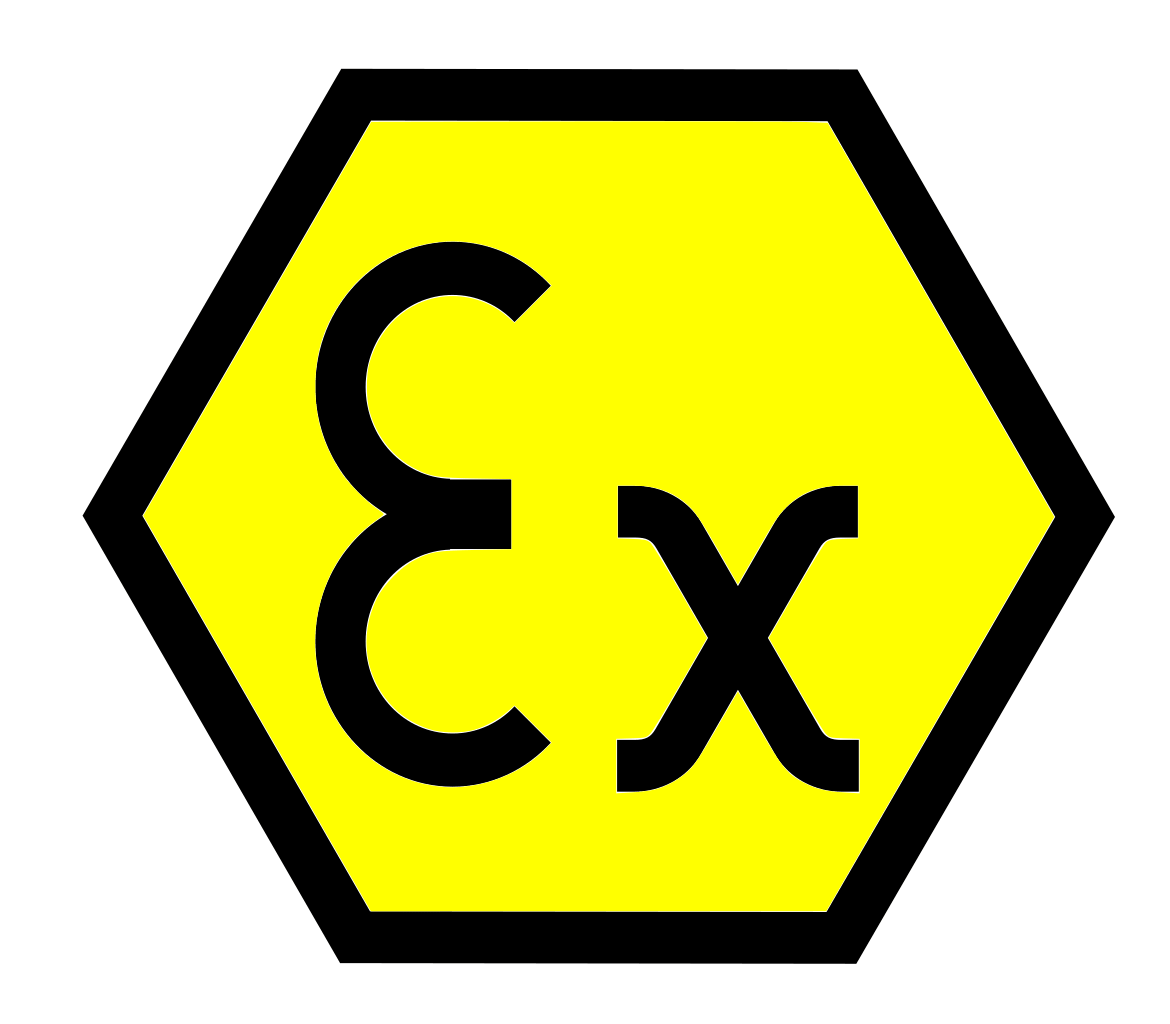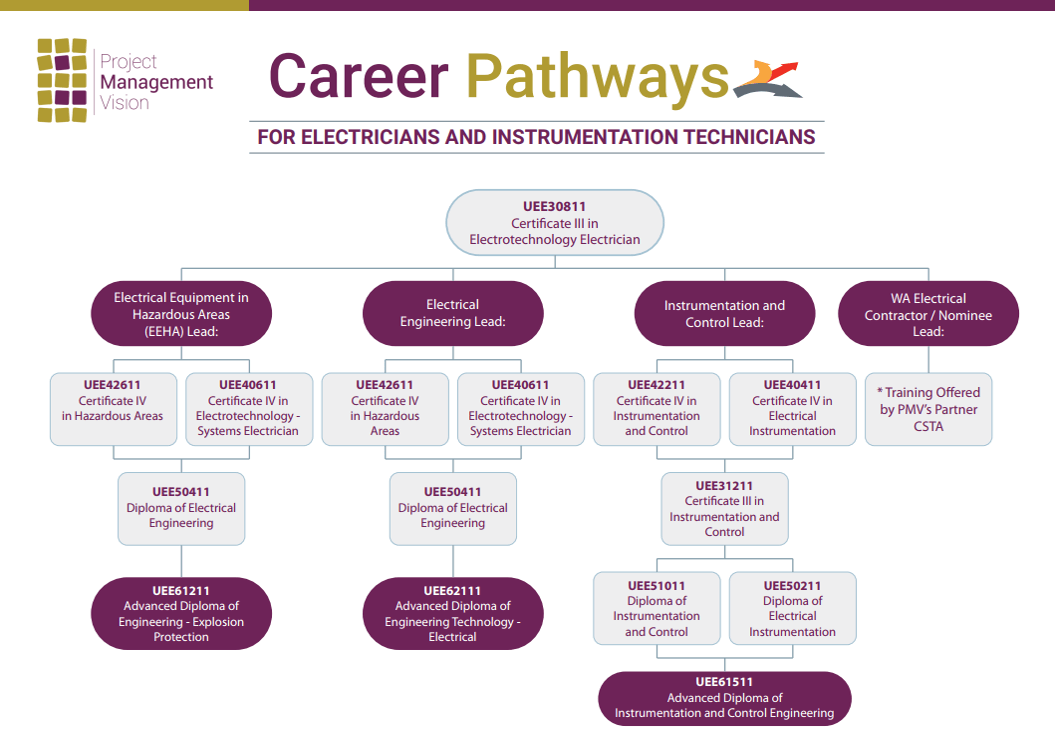Roar Solutions - An Overview
Roar Solutions - An Overview
Blog Article
How Roar Solutions can Save You Time, Stress, and Money.
Table of Contents8 Simple Techniques For Roar SolutionsRoar Solutions Fundamentals Explained3 Easy Facts About Roar Solutions Described
In such an environment a fire or explosion is possible when 3 basic conditions are met. This is commonly described as the "dangerous area" or "burning" triangular. In order to shield installments from a possible surge a method of analysing and classifying a possibly unsafe area is required. The objective of this is to make sure the right option and setup of devices to eventually avoid an explosion and to make certain security of life.
(https://dc-washington.cataloxy.us/firms/training.roarsolution.com.au.htm)
No equipment must be set up where the surface temperature of the tools is greater than the ignition temperature of the provided hazard. Below are some common dirt unsafe and their minimal ignition temperature level. Coal Dust 380C 225C Polythene 420C (melts) Methyl Cellulose 420C 320C Starch 460C 435C Flour 490C 340C Sugar 490C 460C Grain Dirt 510C 300C Phenolic Material 530C > 450C Aluminium 590C > 450C PVC 700C > 450C Soot 810C 570C The probability of the danger existing in a focus high sufficient to trigger an ignition will certainly vary from area to place.
In order to identify this threat an installment is divided right into areas of risk relying on the amount of time the harmful is existing. These locations are described as Areas. For gases and vapours and dirts and fibres there are 3 areas. Area 0 Area 20 A harmful atmosphere is very most likely to be existing and may exist for long periods of time (> 1000 hours each year) or perhaps continuously Zone 1 Area 21 A hazardous environment is possible but not likely to be present for extended periods of time (> 10 450 C [842 F] A category of T6 indicates the minimal ignition temperature level is > 85 C [185 F] Hazardous location electric tools perhaps designed for use in greater ambient temperature levels. This would suggested on the ranking plate e.g. EExe II C T3 Ta + 60C( This implies at 60C ambient T3 will certainly not be gone beyond) T1 T1, T2, T3, T4, T5, T6 T2 T2, T3, T4, T5, T6 T3 T3, T4, T5, T6 T4 T4, T5, T6 T5 T5, T6 T6 T6 A T Course rating of T1 indicates the maximum surface area temperature produced by the tool at 40 C is 450 C. Assuming the linked T Course and Temperature level rating for the devices are ideal for the area, you can always make use of an instrument with an extra stringent Division score than required for the location. There isn't a clear answer to this question. It truly does rely on the type of devices and what repair work require to be executed. Tools with certain examination treatments that can not be executed in the area in order to achieve/maintain third event ranking. Must return to the factory if it is prior to the equipment's solution. Area Fixing By Authorised Worker: Complicated screening may not be called for however certain treatments might need to be followed in order for the tools to maintain its 3rd party rating. Authorized workers have to be utilized to execute the work properly Fixing have to be a like for like replacement. New part must be taken into consideration as a straight replacement calling for no unique screening of the equipment after the repair is complete. Each piece of equipment with a hazardous rating need to be evaluated independently. These are outlined at a high degree listed below, but also for even more in-depth info, please refer straight to the standards.
Roar Solutions Can Be Fun For Anyone
The tools register is a thorough data source of equipment documents that consists of a minimum set of fields to identify each thing's area, technical criteria, Ex category, age, and ecological data. This info is essential for tracking and taking care of the tools successfully within unsafe locations. On the other hand, for regular or RBI tasting inspections, the quality will be a mix of Comprehensive and Close examinations. The proportion of Comprehensive to Close assessments will certainly be determined by the Equipment Danger, which is analyzed based on ignition threat (the possibility of a resource of ignition versus the likelihood of a combustible ambience )and the hazardous area category
( Area 0, 1, or 2). This variation will certainly likewise affect the resourcing demands for job prep work. As soon as Lots are specified, you can establish tasting strategies based upon the sample dimension of each Lot, which refers to the look at here number of arbitrary devices items to be checked. To identify the needed sample size, 2 facets require to be assessed: the size of the Whole lot and the category of evaluation, which suggests the level of effort that should be used( lowered, normal, or increased )to the examination of the Great deal. By incorporating the classification of examination with the Whole lot size, you can after that establish the proper rejection criteria for an example, indicating the permitted variety of damaged things located within that example. For more information on this procedure, please describe the Energy Institute Guidelines. The IEC 60079 standard advises that the maximum period between inspections should not exceed three years. EEHA evaluations will additionally be carried out outside of RBI projects as component of scheduled maintenance and tools overhauls or repair services. These evaluations can be credited toward the RBI example sizes within the impacted Great deals. EEHA examinations are carried out to recognize mistakes in electrical tools. A heavy scoring system is essential, as a single tool may have numerous faults, each with differing degrees of ignition danger. If the combined rating of both evaluations is much less than twice the mistake rating, the Great deal is regarded acceptable. If the Lot is still considered undesirable, it should undertake a full examination or reason, which might set off more stringent evaluation methods. Accepted Lot: The sources of any mistakes are recognized. If a common failure setting is located, added devices might require maintenance. Faults are categorized by seriousness( Safety and security, Stability, House cleaning ), guaranteeing that urgent problems are examined and resolved immediately to minimize any kind of effect on safety and security or procedures. The EEHA data source must track and videotape the lifecycle of faults along with the restorative activities taken. Applying a durable Risk-Based Evaluation( RBI )approach is essential for guaranteeing conformity and security in handling Electrical Devices in Hazardous Areas( EEHA) (Roar Solutions). Automated Mistake Scoring and Lifecycle Administration: Easily handle faults and track their lifecycle to improve assessment accuracy. The introduction of this support for risk-based inspection better enhances Inspectivity's setting as a best-in-class option for regulatory compliance, in addition to for any kind of asset-centric evaluation usage instance. If you want finding out extra, we welcome you to request a presentation and discover just how our service can transform your EEHA monitoring processes.
Roar Solutions for Dummies

In regards to explosive threat, a harmful location is an atmosphere in which an eruptive atmosphere exists (or may be anticipated to be present) in quantities that call for unique preventative measures for the construction, installment and use of equipment. high voltage courses. In this post we explore the challenges faced in the workplace, the risk control actions, and the required competencies to function securely
It is a repercussion of contemporary life that we produce, save or take care of a variety of gases or liquids that are regarded flammable, and an array of dusts that are considered combustible. These substances can, in specific problems, form eruptive ambiences and these can have major and heartbreaking consequences. The majority of us are acquainted with the fire triangle eliminate any one of the 3 components and the fire can not occur, however what does this mean in the context of unsafe areas? When damaging this down into its easiest terms it is basically: a combination of a certain quantity of release or leak of a certain material or material, blending with ambient oxygen, and the existence of a source of ignition.
In a lot of instances, we can do little regarding the levels of oxygen airborne, but we can have considerable influence on resources of ignition, for example electrical tools. Harmful areas are documented on the dangerous location classification drawing and are recognized on-site by the triangular "EX LOVER" indicator. Right here, among various other key info, zones are split into 3 kinds depending on the risk, the possibility and duration that an eruptive environment will certainly exist; Zone 0 or 20 is regarded the most dangerous and Zone 2 or 22 is considered the least.
Report this page